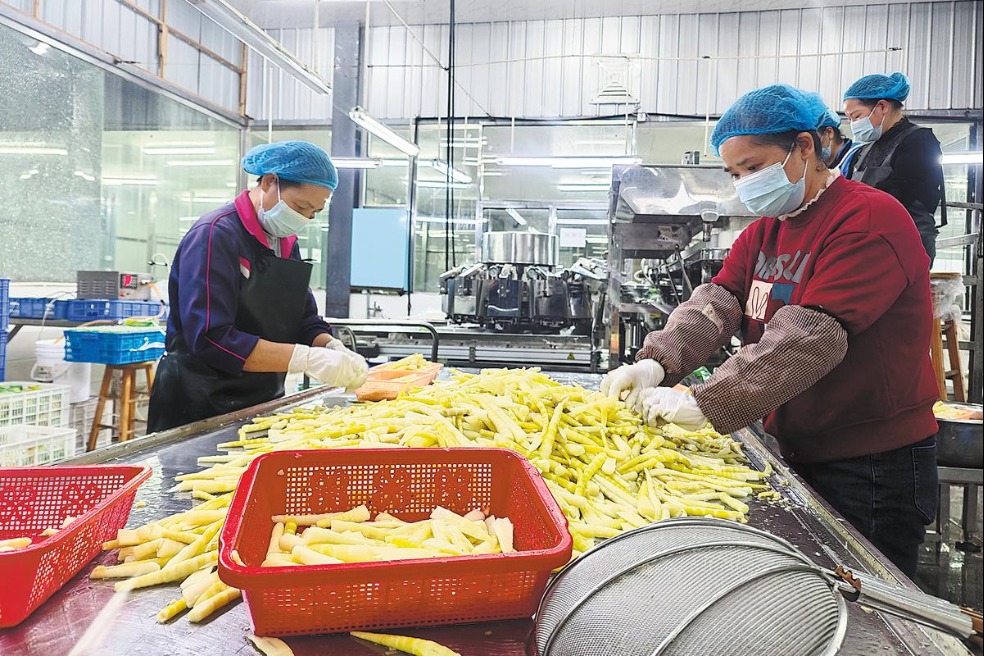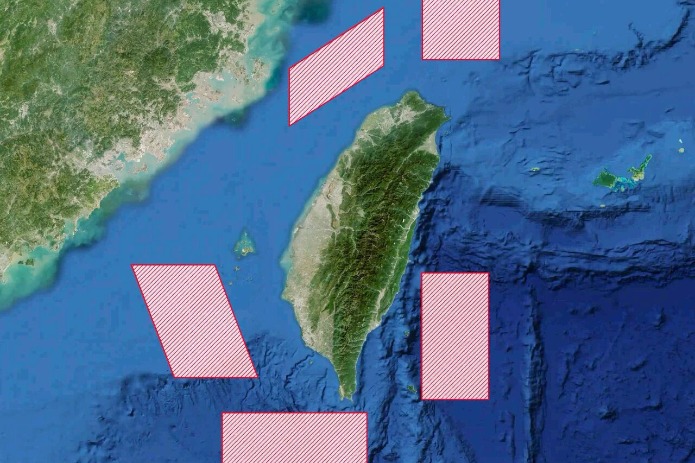Ancient Pompeii buzzing back to life

POMPEII, Italy-In a few horrible hours, Pompeii was turned from a vibrant city into an ash-embalmed wasteland, smothered by a furious volcanic eruption in AD 79.
Then, the excavated Roman city appeared alarmingly close to a second death this century, assailed by decades of neglect, mismanagement and scant systematic maintenance of the heavily visited ruins. The 2010 collapse of a hall where gladiators trained nearly cost Pompeii its coveted UNESCO World Heritage Site designation.
But these days, Pompeii is experiencing the makings of a rebirth.
Excavations undertaken as part of engineering stabilization strategies to prevent new collapses are yielding a raft of revelations about the everyday lives of Pompeii's residents.
Under the archaeological park's new director, innovative technology is helping to restore some of Pompeii's nearly obliterated glories and limit the effects of a new threat-climate change.
Gabriel Zuchtriegel, an archaeologist who was appointed director-general 10 months ago, likens Pompeii's rapid deterioration starting in the 1970s to "an airplane going down to the ground and really risking breaking" apart.
The Great Pompeii Project, an infusion of about 105 million euros ($120 million) in European Union funds, helped spare the ruins from further degradation.
But with future conservation problems inevitable for building remains first excavated 250 years ago, new technology is crucial in this "battle against time", Zuchtriegel said.
Climate extremes, including increasingly intense rainfall and spells of baking heat, could threaten Pompeii.
Since last year, artificial intelligence and robots are tackling what otherwise would be impossible tasks-reassembling frescoes that have crumbled into the tiniest of fragments.
Robots will also help repair fresco damage in the Schola Armaturarum-the gladiators' barracks-once symbolizing Pompeii's modern-day deterioration and now celebrated as evidence of its revival. The weight of tons of unexcavated sections of the city pressing against excavated ruins, combined with rainfall accumulation and poor drainage, prompted the structure's collapse.
About 17 of Pompeii's 66 hectares remain unexcavated.
After the gladiator hall's collapse, engineers and landscapers created gradual slopes out of the land fronting excavated ruins with netting, keeping the newly shaped "hillsides" from crumbling.
Archaeologists have been increasingly using social class and gender analyses to help interpret the past.
When they explored an ancient villa on Pompeii's outskirts, a 16-square-meter room emerged. It had doubled as the villa's storeroom and the sleeping quarters for a family of enslaved people. Crammed into the room were three beds, fashioned from cord and wood. Judging by the dimensions, a shorter bed was for a child.
When the discovery was announced last year, Zuchtriegel described it as a "window on the precarious reality of people who rarely appeared in historical sources" about Pompeii.
Agencies Via Xinhua
Today's Top News
- Washington should realize its interference in Taiwan question is a recipe it won't want to eat: China Daily editorial
- Responsible role in mediating regional conflict: China Daily editorial
- US arms sale only a 'bomb' to Taiwan
- China-Cambodia-Thailand foreign ministers' meeting reaches three-point consensus
- Drills demonstrate China's resolve to defend sovereignty against external interference
- Trump says 'a lot closer' to Ukraine peace deal






























